BioSynTech Malaysia Group Sdn Bhd
199701004244 (419740-A)
No. 12A, Jalan TP 5,
Taman Perindustrian UEP,
47600 Subang Jaya,
Selangor, Malaysia
WhatsApp/Call: +6 016 216 0492
E : info@bstmgroup.com
MCE (MedChemExpress) provides a wide range of lifescience biochemicals, including more than 40,000 bioactive compounds, dye reagents, peptides and natural compounds for laboratory and scientific use. If you need these products, please do not hesitate to contact us via mysales@bstmgroup.com.
CAS No.: 129830-38-2
Y-27632 dihydrochloride GMP
Research Area: ROCK Inhibitor/Cell Therapy

CAS No.: 1630936-95-6
VU0422288
Research Area: mGluR Modulator
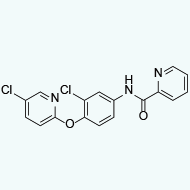
Solubility: DMSO : 25 mg/mL (69.41 mM; Need ultrasonic)
CAS No.: 1425945-63-6
EHT 5372
Research Area: DYRK Inhibitor
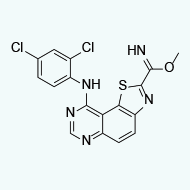
Solubility: DMSO : 6.67 mg/mL (16.50 mM; ultrasonic and warming and heat to 60°C)
CAS No.: 2763260-39-3
NRX-252114
Research Area: Molecular Glue

Solubility: DMSO : 100 mg/mL (195.96 mM; Need ultrasonic)
CAS No.: 1814881-70-3
LEM-14
Research Area: NSD2 Inhibitor

Solubility: DMSO : 50 mg/mL (104.48 mM; Need ultrasonic)
Animal venoms are complex mixtures with specific pathophysiological functions. The venoms usually consist of enzymes, proteins without enzymatic activity, and peptides. Such a wide range of peptides and proteins with diverse biological functions makes animal venoms rich sources of biologically active molecules for the development of new medicines. Several drugs based on the venom components have been successfully elaborated. For example, Eptifibatide, used to prevent heart attacks or the formation of blood clots, is an analogue of barbourin, a disintegrin isolated from Sistrurus miliarius barbouri snake venom. Otherwise, venoms are also used in basic research, diagnosis, as well as cosmetics.
MCE supplies more than 100 kinds of venoms, exacting from snakes, scorpions and spiders. These venoms can be used for screening active ingredients from venoms.
MCE PEI Transfection Reagent is designed based on 25 kDa PEI. It has high-efficiency, low-toxicity, strong-stability, and is suitable for many cell types, such as HEK-293、HEK-293T、CHO-K1、COS-1、COS-7、NIH/3T3、Sf9、
HepG2 and HeLa etc, even some hard-to-transfect cells. It can also be applied to large-scale recombinant protein expression and virus production.
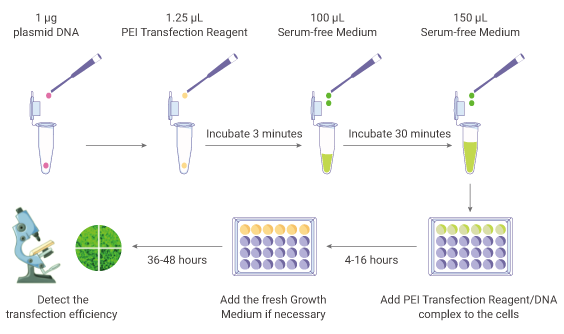
Figure 1. The process of the PEI Transfection Reagent
MCE CTG Cell Viability Detection Reagent is used for detecting the number and viability of living cells in culture based on high-sensitivity bioluminescence detection technology of the ATP present.
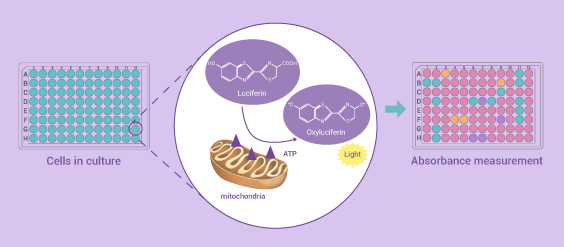
Figure 2. The detection principle of CTG
Latest Publications Citing Use of MCE Products
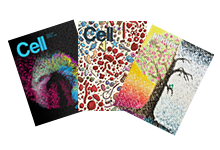
Immunity.
2023 Feb 14;56(2):272-288.e7.
Cell.
2023 Feb 2;186(3):591-606.e23.
Cell.
2023 Jan 19;186(2):346-362.e17.
Cell.
2023 Jan 19;186(2):413-427.e17.
Cell Signaling Pathways



